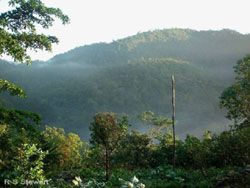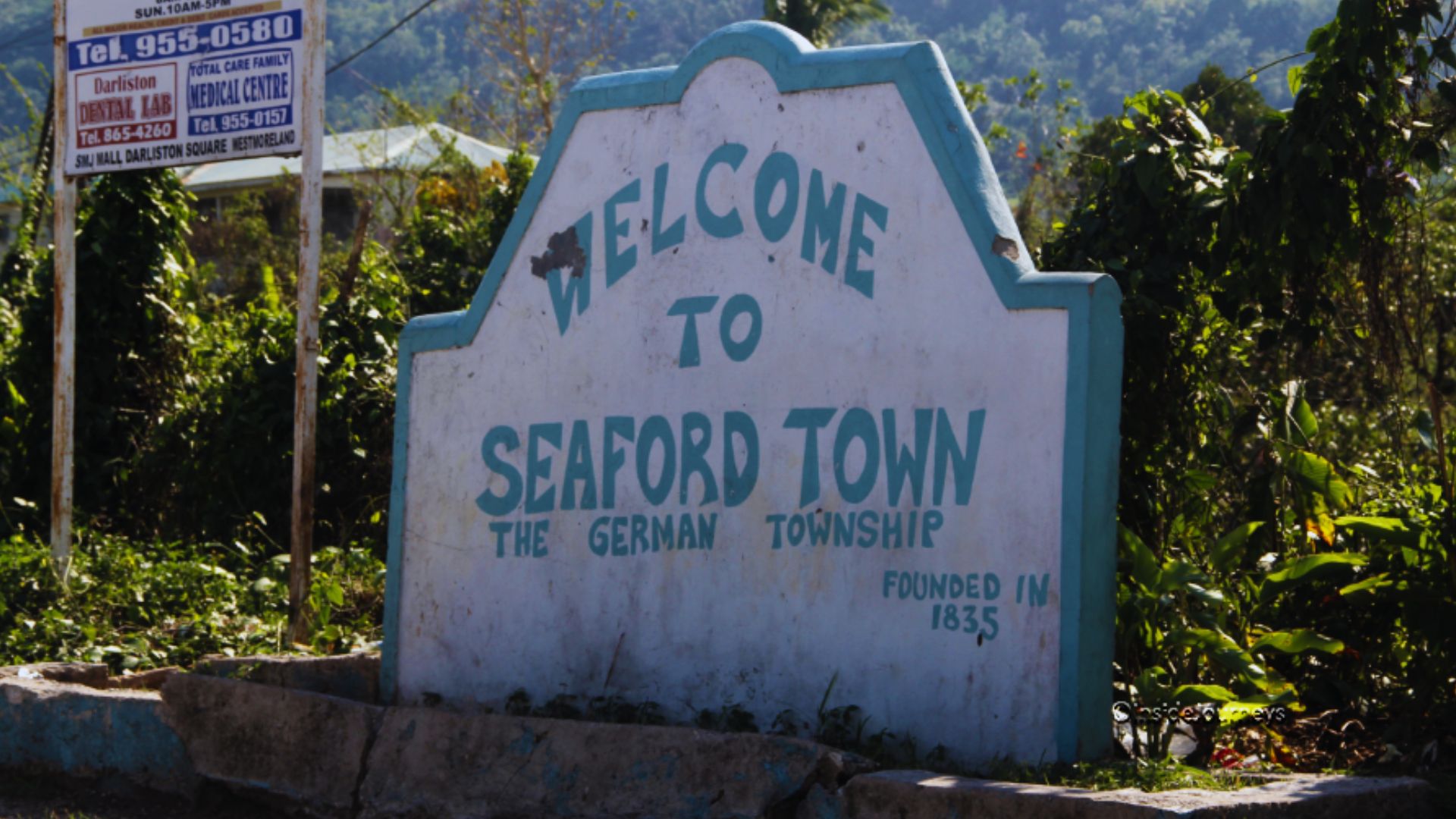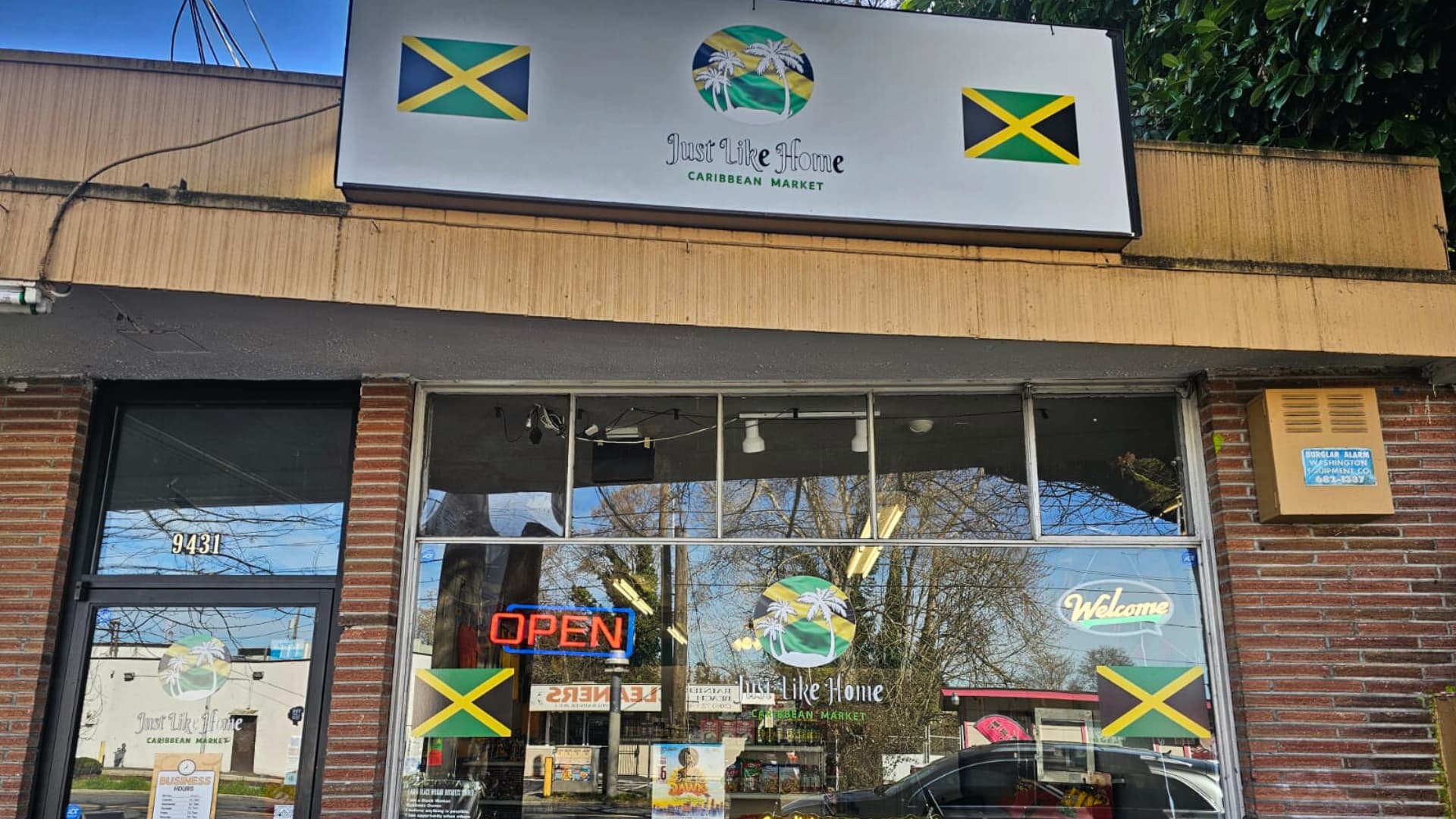Origins
Long years ago, Jamaica was born beneath the sea. Under the rolling waves of the Pacific Ocean, 115 million years ago, a giant plume of magma, of molten rock, rose from the Earth’s depths and formed the Caribbean Plate upon which Jamaica rides. As is the way with the great crustal plates, of which the Earth’s surface is made, this one began to slowly drift. Over millions of years, Jamaica rode this plate eastward through what were then open seas between North and South America. For a great length of time, in the early days, the Island stood emergent from the sea… but this would change.
Some 40 million years ago, Jamaica once again sank beneath the waves. As eons passed, the Island lay submerged. Hidden in the depths under a mile of water, clay and mud settled layer by layer onto the sunken land mass. For 15 million years, Jamaica slept in the abyss and then slowly rose again. First to appear were the Blue Mountains in the east and then Dolphin Head and neighbouring highlands in the west. The reappearance of the land would take millennia before it was done but by 10 million years ago, Jamaica had finished it’s return and awaited it’s new occupants.
The clay and mud that had settled on the Island during the millions of years spent underwater had by now been turned into limestone, a soft rock easily dissolved by the rain that fell upon it. A flat, cracked, plateau of limestone began to be carved and eroded, both above and below the ground. At times, large chambers that had grown in the depths, collapsed to leave great pits in the earth. In places, the rivers disappeared into the rock below, finding an easier, lower course to travel. The formation of the caves and sinkholes of the Island had begun. As the years passed and the rain fell and the caves grew, living creatures found their way to this new land. A long succession of fresh arrivals, birds, plants, insects and reptiles, came and stayed to call it home. Amongst the last to arrive were creatures that were both clever and dread: the humans called the Taino.
History
The Taino, in their myths, believed themselves to have originated in a great cave in Hispaniola, called Cacibajagua and from there to have spread to the other islands of the Antilles. This legend might recall the days of their ancestors, when caves were used as homes. In Jamaica, there is little evidence to suggest they used caves as residences, (they were village dwellers living in huts) but caves continued to play an important part in their beliefs and ceremonies. Numerous sites are known where art, in the form of pictures and geometric designs, is found on cave walls. One famous underground gallery is only reached by descending over 60 feet down a vertical shaft. The effort involved in this kind of endeavour suggests a deep spiritual signifigance to these drawings. We can’t know what drove those artists to make their journeys through the dark to such places but we do know that those voyagers were the first explorers of the caves of Jamaica. An explorer of a different sort appeared one day, in 1494, off the coast of St. Ann near Discovery Bay; Columbus had arrived to “discover” Jamaica.
Most Jamaicans will know the sad tale of the decline of the Taino through disease and enslavement. The myths and culture and the people themselves, were lost to history, although perhaps, not entirely. Some would suggest that they survived genetically, to a minor degree, by way of marriage between the last few who were left and other victims of the old pirates, the Maroons.
The Maroons, freed by the Spanish in 1665 during the English invasion, were the lords of the western Cockpit Country by 1700. Under Colonel Cudjoe, they eventually fought the English to a stalemate by using highly effective guerrilla warfare tactics. In 1738, the British gave up and signed the Peace Treaty that ended the First Maroon War. Caves are sometimes mentioned in accounts of the tactics used by Colonel Cudjoe, the great leader of the Leeward Maroons of the western Cockpit Country. Unfortunately, we have little recorded history from this period with regard to Maroon activity in caves; British sources do not specifically mention battles involving caves and the Maroons had yet to begin their written history. The use of caves by the Maroons during the First War is still an unknown but we may speculate.
The most effective tactic used by Colonel Cudjoe’s fighters was the ambush. The nature of the Cockpit Country lends itself perfectly to this technique. It resembles an egg carton in its topography and consists of steep hills surrounding small blind valleys, the cockpits, with every small bottom land connected to it’s neighbours by narrow saddles. These saddles often pass between rocky cliffs of a height perfect for attacking a long line of weary British soldiers passing below. Sometimes fast, deadly assaults would be made, followed by retreats across the top of the hill to escape safely on trails unknown to the English soldiers. At other times, a smaller number of Maroons, perfectly camouflaged in leaves from head to toe, would remove any British who lagged too far behind the rest of the column. This is the origin of the name for The District of Look Behind. If the soldiers didn’t look behind them, they might never leave the Cockpit Country. It is not certain that caves would lend themselves to either of these types of attack. Caves found in saddles usually consist of a limited number of linked breakdown chambers. They seldom have more than one entrance and when compared to a fast trail well known to a Maroon, born and raised in the hills, might not seem too inviting. Nevertheless, some of the chamber caves found in the Cockpit are large enough to effectively hide in, if one were prepared to outwait a group of British soldiers laying seige to the cave entrance. It might not have taken that long before they would give up and march on.
The other way that caves are rumoured to have been used by the Maroon’s is as underground transit routes for both escape and travel beyond the eye of the British. On the periphery of the Cockpit Country, especially in the Maroon Town area, this is possible. Here, river caves are found that can have multiple entrances hundreds of metres apart. Myself and my fellow cavers, can easily do this with the lights, gear and techniques that we have but would it be possible for the Maroons to do it? Maybe, maybe not. At this point, we still don’t know. This would be a very good research project for anyone interested in carrying it out..
We know of one definite attack from a cave by the Maroons: Peace Cave. This is a shelter cave that gives way to a short passage ending in a small chamber. The shelter part of the cave was used to hide, in ambush, a very effective group of Maroon warriors who inflicted such damage on the British soldiers that England immediately gave up. It is said that the Peace Treaty was signed in this cave soon after and thus began the years of peace that existed between the first and second Maroon Wars.
In 1834, a new era began in Jamaica. Sam Sharpe freed his people and caves were no longer a place where people had to hide. Instead, scientists from Jamaica and from foreign, would begin to learn the secrets of the caves. The story of the Island’s slow drift from the Pacific Ocean, it’s risings and fallings, the history of the living creatures that came to the Island to call it home, these things would be discovered by patient researchers working above and below ground, in Jamaica.
For more information please be sure to visit Jamaican Caves and Sinkholes
R. S. Stewart ©








